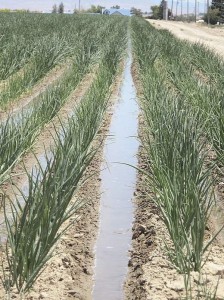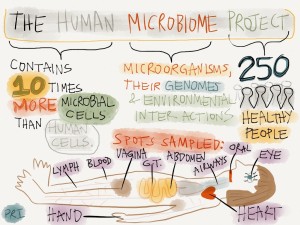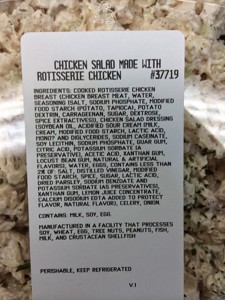Susan Mann of Better Farming writes that Canadian horticultural industry leaders are poring over documents issued by the United States Food and Drug Administration last month outlining new food safety requirements for American growers and businesses shipping produce to the United States.
 Canadian and Ontario growers exporting produce to the United States may be impacted by the new rules released as part of the American Food Safety Modernization Act and slated to take effect January 26, 2016. The American Food and Drug Administration (FDA) released the three sets of rules November 13. They are: the produce rule governing growing, harvesting, packing, and holding of produce; foreign supplier verification and accreditation of third-party auditors and certification bodies.
Canadian and Ontario growers exporting produce to the United States may be impacted by the new rules released as part of the American Food Safety Modernization Act and slated to take effect January 26, 2016. The American Food and Drug Administration (FDA) released the three sets of rules November 13. They are: the produce rule governing growing, harvesting, packing, and holding of produce; foreign supplier verification and accreditation of third-party auditors and certification bodies.
Companies and farmers in the states along with those exporting to the United States are being given time to meet the new requirements.
Jim Gorny, vice president of food safety and technology for the U.S.-based Produce Marketing Association, says the rules will have “a significant impact on produce businesses, in that they will affect how businesses operate on a daily basis and set definitive regulatory compliance expectations for FDA regulated businesses.”
The compliance dates depend on the size of a business, Gorny says. Large businesses with more than US $500,000 annually in sales have two years to comply with the new regulations and four years to meet the new water testing provisions. Small farms, defined as US $250,000 to $500,000 a year in sales, have three years to comply with the rules and five years to fall in line with the water rules. Very small farms, US $25,000 to $250,000 in sales annually, have four years to comply with the rules overall and six years for the water rules.
Heather Gale, executive director of CanadaGAP, the Canadian food safety program for the fresh fruit and vegetable sector, says they will be reviewing the new U.S. rules and comparing them to the requirements in Canada’s program. The program’s analysis will be published on its website sometime “in the new year,” Gale says.
Al Krueger, executive assistant with the Ontario Processing Vegetable Growers, says by email Ontario cucumber growers are “already doing what’s required under the new Food Safety Modernization Act.”
Another part of the American package of new food safety rules is the Foreign Supplier Verification Program. It specifies importers are required to verify food imported into the United States has been produced to the same food safety standards required of U.S. producers, Gorny says.








